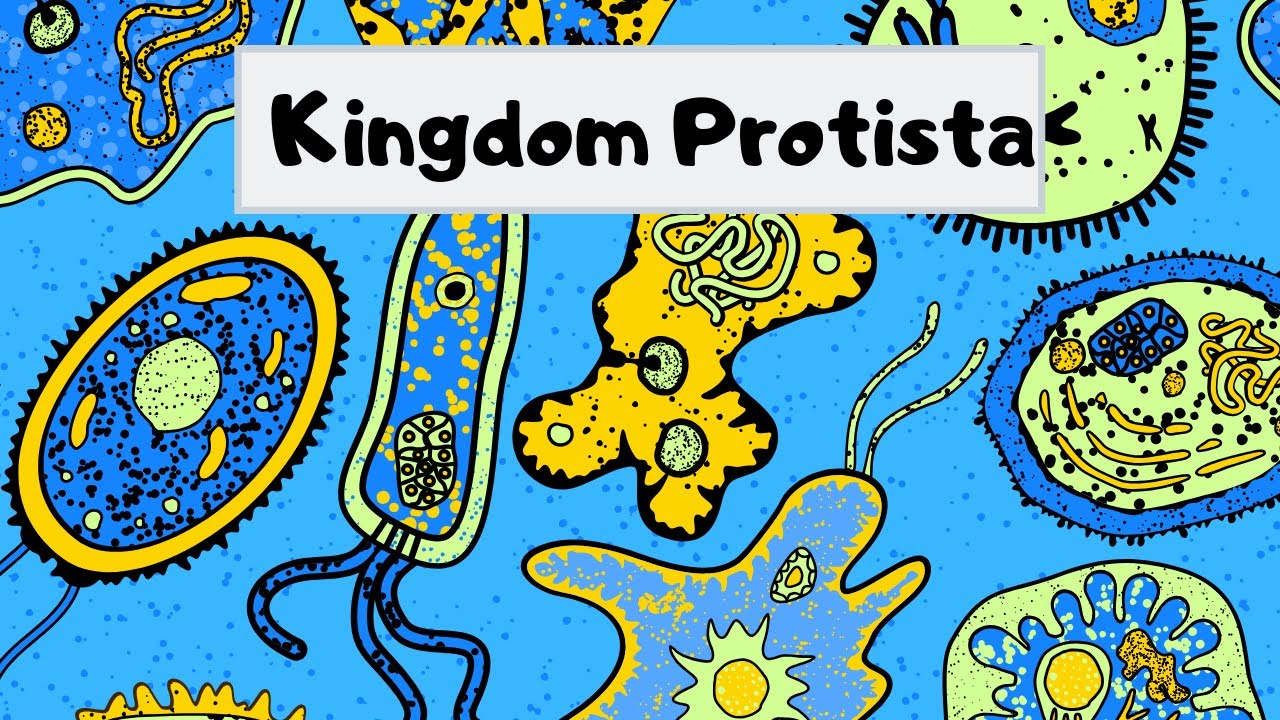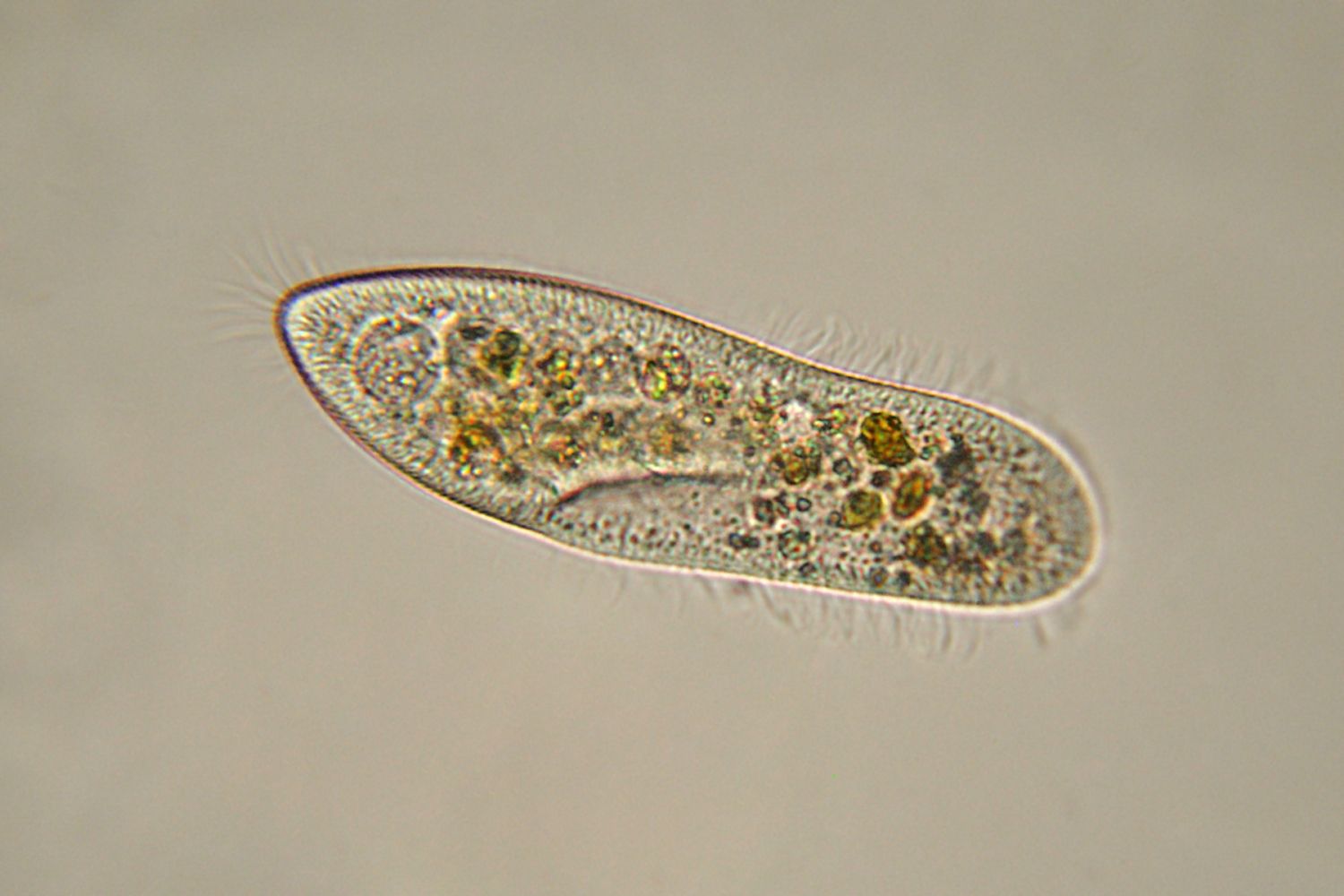What Domain Is Protista In
El protist kingdom is the 1 known as 1 of the five kingdoms and contains all those eukaryotes made upwardly of cells that cannot be classified as animals, fungi or plants. Come up and learn more nigh this kingdom with this interesting article!

What is the Kingdom Protista?
El protist kingdom It is a large natural group that hides innumerable amounts of organisms and their different species, all being very mysterious and intriguing, despite beingness the start scientific findings nearly the discoveries in this kingdom, it is currently known that protists do not belong to the animal kingdom, nor to plants and much less are they a combination of these.
It belongs to the Paraphyletic group, that is, they exercise non contain mutual ancestors, in these various organisms and different rare species are grouped, which makes it difficult to narrate them. It is said that the existence of this kingdom was proposed in the year 1969, in the theory of the 5 kingdoms of nature, at that time they were considered as primordial, the first of the first and they were also called the first creatures.
The Kingdom Protista also called Protoctista, became known as the third of the five great kingdoms that exist of living species of the ecosystem. inside v kingdoms of nature nosotros tin can find the Kingdom Animalia or of animals, the Kingdom Plantae or of vegetables, the Kingdom Protista, Kingdom Fungi or of fungi and finally nosotros accept the Kingdom Monera
Currently this kingdom has approximately 120.000 organisms of these peculiar and fascinating species, among which we tin detect; protozoa, fungi, algae and other types of living species, which are not well known and less abundant.
Protists have very peculiar and special characteristics, as well as their life cycles and their habits, they are well determined. This Kingdom includes all organisms and species of unicellular and multicellular eukaryotes with functional and anatomical characteristics, which are considered intermediate between animals and plants.
In the Kingdom of the Protists there is not much in common, among the dissimilar species of the same, they present dissimilar forms of reproduction, different forms of feeding, unlike forms of movements and different cellular structures.
They can accept heterotrophic or autotrophic metabolisms, depending on whether they have chlorophyll to deport out photosynthesis, or on the reverse, if they do non take it, they must feed on organic matter through osmosis, ingestion or phagocytosis. Nevertheless, protists are initially aerobic, that is, they use oxygen to bear out their metabolic processes, except for those that live in the surround.
Protists are organisms that, thank you to beingness nifty unknown to humans with a biodiversity that hides nature, manage to become unnoticed, but they fill many places on the planet with micro and macroscopic life, for example the boiling earth, in the water habitat. table salt and fresh h2o and even every bit animal parasites.
Features
The characteristics of the Kingdom Protista that we can highlight are the following:
- They are unicellular and multicellular eukaryotic organisms, they practice not have found tissue, they are different, except in the reproductive process.
- Their size varies greatly, they can have unicellular microscopic forms or multicellular organisms, with different meters in length.
- They can be establish in unlike places such as in moist soil, in fresh h2o, in decomposing matter, in the sea and among others.
- In the Kingdom of Protists, all possible feeding models can be evidenced; What are phototrophs, autotrophs, and heterotrophs?
- They have a huge variety of types of movements through cilia, pseudopods and flagella, in the aforementioned way there are species that do not have much mobility. Some of these species alive freely, different others that live in symbiotic relationships, that is, a kind of union with others, or within other organisms, for example parasites, commensals or mutualists.

- In the Protista Kingdom at that place are organisms that accept an amazing ability to form very resistant structures, which are chosen cysts, in seasons when environmental atmospheric condition exercise not favor them, such equally when they lack h2o or nutrient, they must use measures in club to keep surviving, it is when they activate a state of latency, that is, they stop their metabolic functions, until the season in which the conditions of the environs better and everything is optimal for their survival and reproduction, also in those less optimal moments for they are capable of forming spores of the life bike that later allows their propagation and multiplication.
- Protists have unlike ways of reproducing, it can be asexual by mitosis, bipartition, multiple partition and budding, but as sexual activeness is meiotic and miotic reproductive processes.
Classification of Kingdom Protista
Our Characteristics of living beings they are very varied in themselves, much more when nosotros talk specifically near the Protists, since nosotros add that they are very diverse and complex at the same fourth dimension, this is the reason why their classification tin can be one of the most difficult in the evolution of organisms.
There are many scientists who in the history of mankind have tried to make a classification for the protist kingdom, always looking for i that resembles reality as much as possible.
Currently the classifications that have been made are the following:
- Archaeplastida: They are red algae.
- Amoebozoa: They are amoebas, molds, mucilaginous and myxomycete.
- Stramenopiles; They are brownish algae, diatoms, cyanophyceae chlorophyceae.
- Excavata: They are flagellated organisms of the Euglenozoa and Percolozoa groups.
- Alveolata: They are ciliated organisms, dinoflagellates and apicomplexans.
- Opisthokonta: They are metazoans with differentiated tissues and mesomycetozoea.
- Rhizaria: They are foraminiferous, radiolarian and cercozoan microorganisms.
Importance
The Kingdom of the Protists, from the outset had great importance in the field of biology and the taxonomy of science and its branches.
He is currently the third of the v kingdoms of nature and information technology is named every bit the Kingdom Protista, which means primordial, also chosen that thanks to its importance. The term Protoctista comes from the Latin in outset creatures, of swell importance in the development of all humanity.
In other words, Protists are of bully importance throughout the environs, likewise as in the medicinal world, since many of these organisms are the cause of some of the most unsafe and mortiferous diseases for homo beings on the planet.

For example, we could name some of those that produce very unsafe and deadly diseases, such as:
- Trypanosoma cruzi: causes Chagas disease.
- Entamoeba histolytica: this generates an intestinal parasite.
- Balantidium coli: is the crusade of balantidian dysentery.
- Plasmodium vivax: this causes malaria.
- Giardia lamblia: is part of another intestinal parasite.
- Trichomonas vaginalis: is a vaginal parasite.
The content of the article adheres to our principles of editorial ethics. To report an fault click hither!.
What Domain Is Protista In,
Source: https://www.postposmo.com/en/protist-kingdom/
Posted by: phillipsalthatede.blogspot.com


0 Response to "What Domain Is Protista In"
Post a Comment